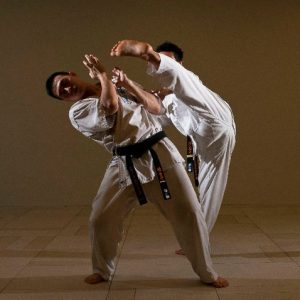


In this new 328-page book, author Bruce D. Since the term "age-uke" refers to blocks with an upward motion, there are many techniques called "age-uke" that can also be called " jōdan-uke", but some techniques are aimed at the center level, and are referred to as chūdan-uke. sabaki-method-karate-in-the-inner-circle 2/19 Downloaded from on Septemby guest an unarmed force of bodyguards faced an armed invasion from overseas. In the martial arts, the noun jōdan refers specifically to a target area of the body, including the shoulders and above. However, the terms are distinct in that age comes from the verb ageru, meaning upward, and implying direction and/or motion. Whether these terms refer to two distinct techniques, or the same technique, depends entirely upon how each is used within any given martial arts school. The term age-uke is frequently used interchangeably with " jōdan-uke" (high-level block). Alternately, it may be used to receive an incoming attack, sweeping it overhead while maintaining contact with the attacking instrument (limb or weapon). Whether it is a question of repelling an attack or building relationships, the combined energy that comes from sabaki is an effort of cooperation, openness, and respect. Diagrams courtesy: Sabaki Method, Karate in the Inner Circle, Kancho Joko Ninomiya with Ed. Age-uke may be used to stiffly block or deflect an incoming high attack. Karate Sabaki means staying open to the world at large and responding to others in a way that blends energies in new directions. An outer circle of technique, an inner circle of spirit - both linked by effort to an ever-expanding sense of one's place in the moment.' W, REFERENCES My Journey in karate, The Sabaki Way,Kancho Joko Ninomiya with Ed Zorensky, Frog LTD 1998.


 0 kommentar(er)
0 kommentar(er)
